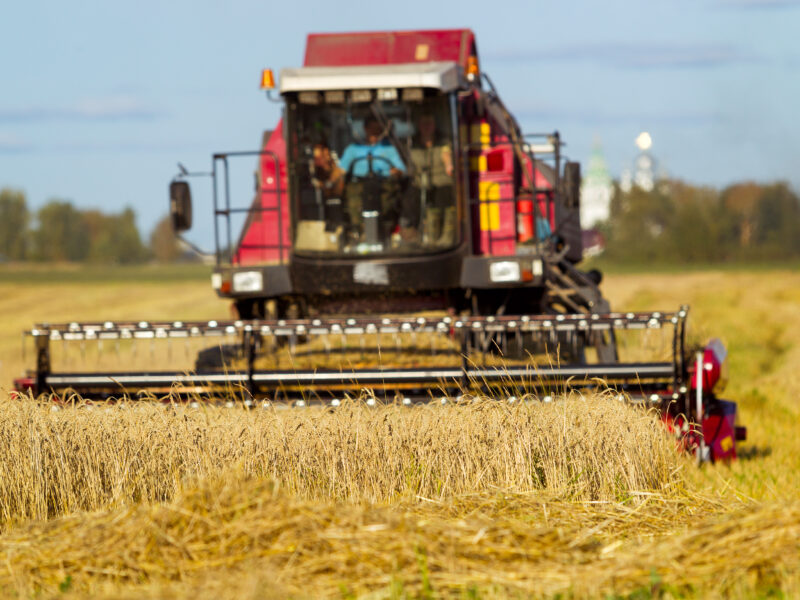The Next Wave: Automation and Canada’s Labour Market
This Commentary assesses the likely impact of technological automation on Canada’s labour market and compares these results to past predictions. In fact, they show a lower proportion of employment at high risk of automation (about 22 percent) than most previous estimates.
Key Takeaways
Executive Summary
Technological change is a driving force behind economic growth. It can improve productivity for existing goods and services, meaning the same output can be achieved with fewer inputs, or more can be produced with the same amount of human labour. Technologies also enable the development of new products and services that can create new occupations and consumer demand where none existed before. The process of technological change is, however, disruptive, rendering particular occupations obsolete or changing entire industries relatively quickly. At the same time, new business models and occupations grow to replace them.
This Commentary assesses the likely impact of technological automation on Canada’s labour market and compares these results to past predictions. In fact, they show a lower proportion of employment at high risk of automation (about 22 percent) than most previous estimates.
There are some occupations that are obviously highly automatable, and many are being automated already – gas station attendants, bank tellers and store cashiers, for example. There are others that are quite obviously not automatable due to a particular human element or specialized set of skills – neurosurgeons or detectives, for example. Most occupations are not fully automatable but they are not completely immune from automation either. The occupations that are more likely to be automated generally contain more well-defined tasks and repetition, such as those in manufacturing.
About one in five Canadian workers are employed in a job that could theoretically be automated. By 2028, projections indicate that employment in these occupations will decline by only about 90,000 jobs. Meanwhile, jobs that are only somewhat susceptible to automation (medium risk) make up about 40 percent of current employment. This proportion is projected to decline slightly to about 37 percent by 2028. These projections indicate that the labour market has been adapting to technological change over time and is likely to continue along a similar trajectory.
The analysis of automation susceptibility by individual characteristics indicates that Black and Indigenous Canadians are employed in occupations that are highly susceptible to automation in higher proportions than the population average. It is likely that the relatively higher susceptibility to automation is related to the worse average employment outcomes of Black and Indigenous people relative to the Canadian average.
Men, women and immigrants, however, face a similar average risk from automation. Overall, the differences are not large enough to warrant targeted pre-emptive policies specifically to prevent technology-induced unemployment for particular groups. Instead, the inequality effects of automation could be indirectly addressed through education and labour-market policies that target inequality more broadly. However, with growth in non-standard employment, traditional job-support policies may not be available to all workers impacted by automation. Following the current COVID-19 crisis, the government should analyze the effects of its emergency income support programs and use the insights to modernize employment insurance and address income- and employment-support gaps.




